Eurozone inflation fell less than expected in February, raising the possibility that the European Central Bank (ECB) will wait until the summer before starting to cut interest rates.
The eurozone barely avoided recession late last year, but successive quarters of low or no growth have raised concerns that high borrowing costs will hamper any nascent recovery in the 20-economy eurozone.
Persistent inflation
Preliminary data released by Eurostat on March 1 showed that inflation in the Eurozone fell to 2.6% in February, from 2.8% in January. Analysts had predicted it would fall to 2.5%.
The underlying picture also shows persistent price pressures, despite signs of improvement. Core inflation – which strips out more volatile components such as food, alcohol, tobacco and energy – eased to 3.1% from 3.3% in January. That was also above the consensus forecast of 2.9%.
The EU statistics agency said food, alcohol and tobacco had the highest inflation rate in February, at 4%. Energy prices, which spiked last year as the Russia-Ukraine conflict continued, continued to fall, with the deflation rate falling from -6.1% to -3.7%.
“This is still largely an energy price story,” said Carsten Brzeski, an economist at Dutch bank ING, referring to the year-on-year decline in prices. “What we are seeing in terms of annual inflation is lower oil, gas and electricity prices.”
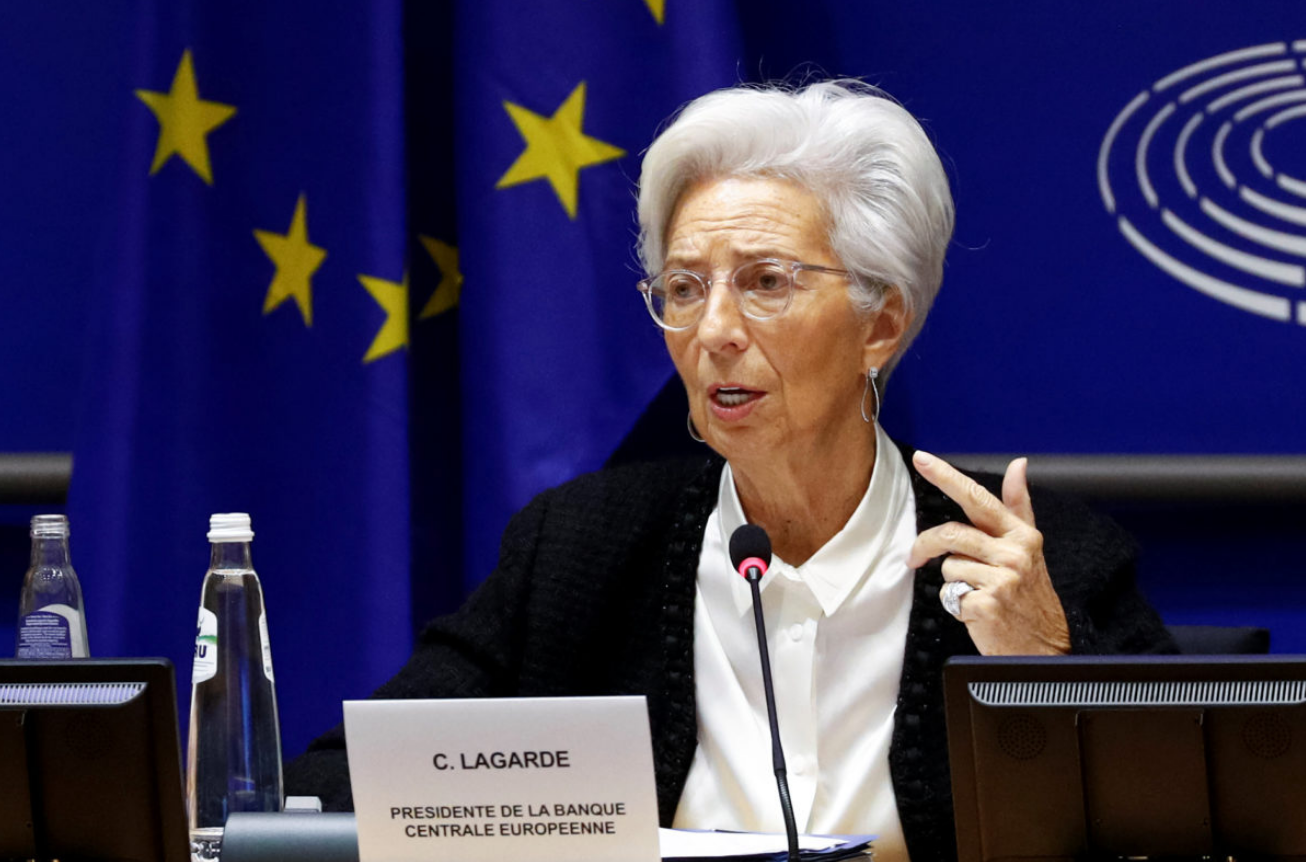
European Central Bank (ECB) President Christine Lagarde expects inflation to continue to slow as energy prices have fallen significantly from their levels in 2022. Photo: PBS News
Investors are looking for clues about when the ECB will start cutting interest rates, but the data will reinforce ECB officials’ view that it is too early to start discussing the issue.
Many ECB officials have insisted that they need to wrap up wage talks in the spring before getting a clearer picture of inflation pressures in the bloc. Austrian National Bank Governor Robert Holzmann told Politico EU this week that there would be no discussion of lowering interest rates before June.
Service price growth, where wage pressures are most visible, eased to 3.9%, corroborating earlier data from some of the region's largest member states.
“Stagnant service prices, which are now responsible for half of overall inflation, will make the ECB uncomfortable,” Pepijn Bergsen, EU macro policy analyst at Medley Advisors, said on X/Twitter.
Expensive borrowing costs
Headline inflation is expected to persist through 2024. Wage negotiations and their impact on prices are also a key factor, as workers seek to recover lost purchasing power after two years in which wages have failed to keep pace with prices.
Europe's top policymakers have put the spotlight on wage growth, hoping that wage growth will be moderate and there is evidence that companies are absorbing higher labour costs in their profit margins, rather than passing them on to consumers.
The ECB expects inflation to hover around 2.7% in 2024 and only return to its target in the second half of 2025. However, it said it was likely to revise those forecasts at its policy meeting next week. In addition, senior ECB economists published a research paper earlier this week suggesting they could hit the target as early as mid-year.

Customers shop at the Sicilia Mazzone sweet shop in Catania, Italy, on February 2, 2024. Inflation in Italy fell below 1% in February 2024. Photo: Getty Images
Eurozone employment data released at the same time showed that the labor market remains relatively healthy. The seasonally adjusted unemployment rate fell back to a record low of 6.4% in January, down from 6.5% in December and 6.6% a year earlier.
While the jobs market has shown resilience as borrowing costs have risen at record rates, the economy has remained sluggish since the ECB started raising interest rates in July 2022.
The eurozone barely avoided recession late last year, but successive quarters of low or no growth have raised concerns that high borrowing costs will hamper any nascent recovery.
Eurozone manufacturing continued to contract in February, survey data from S&P Global showed on March 1, although the headline index showed the sector bottomed out late last year .
Minh Duc (According to Politico EU, CNBC)
Source








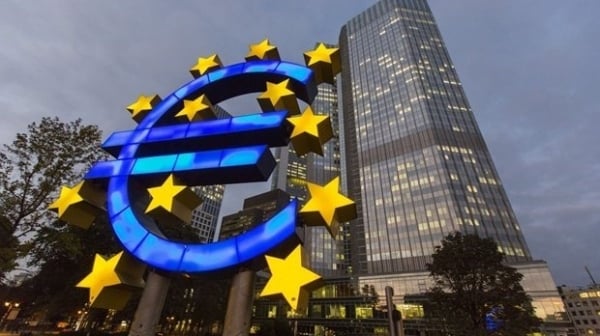

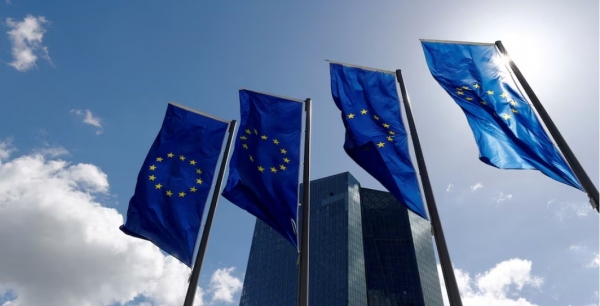






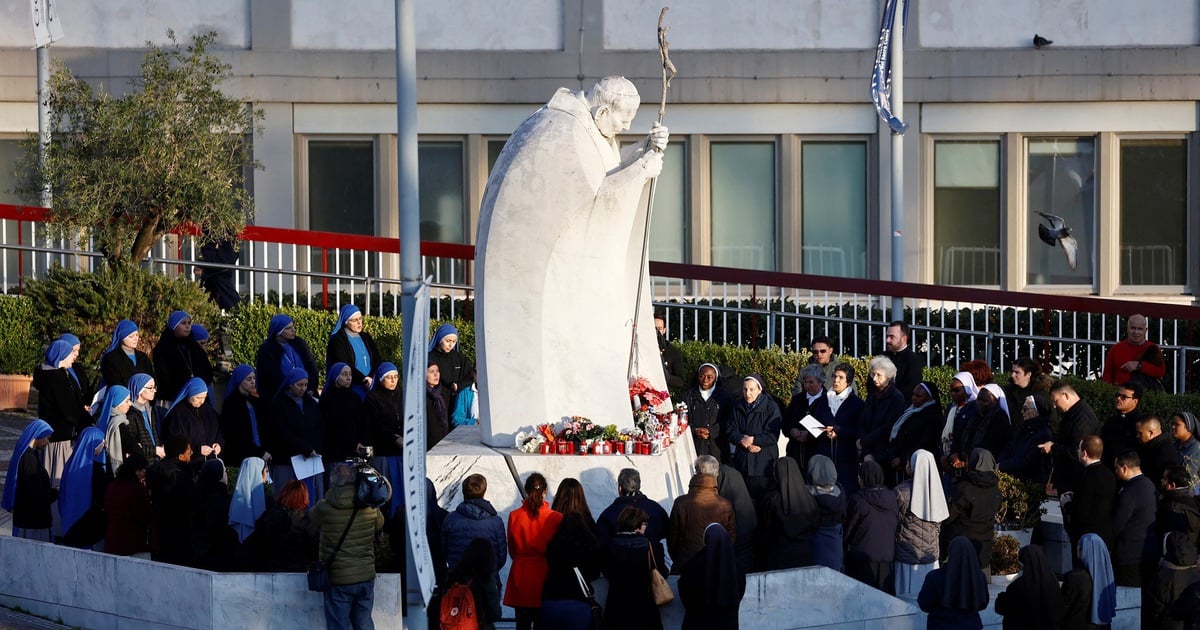
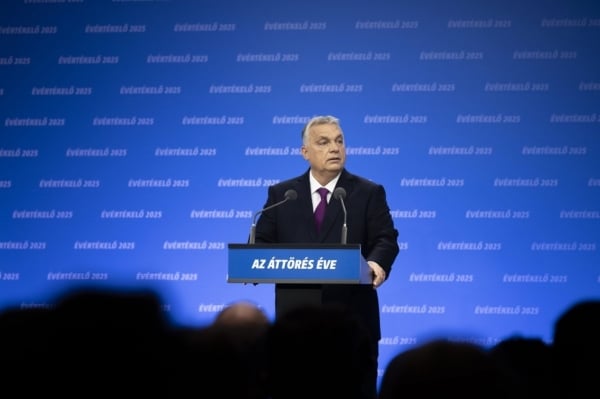




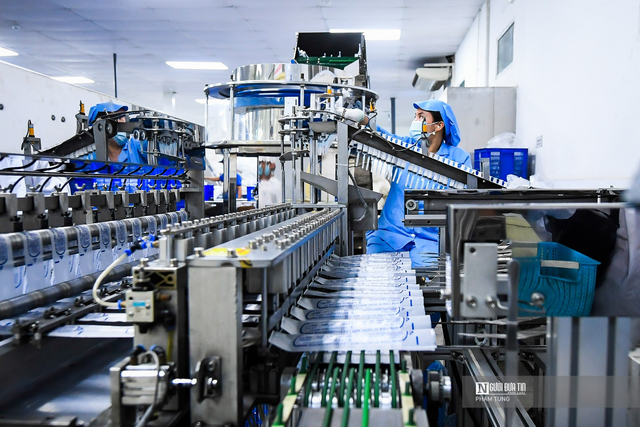



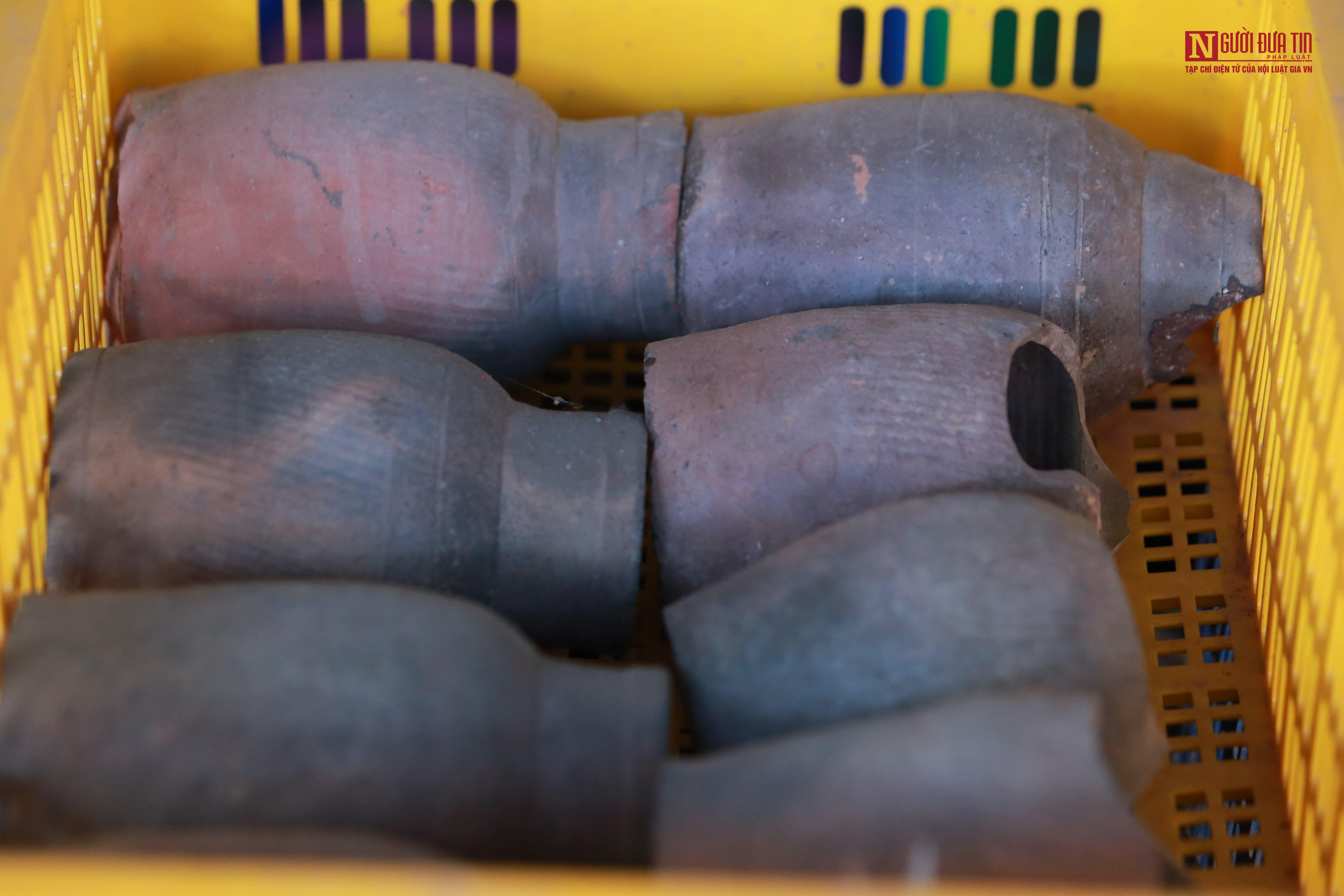







![[Photo] Prime Minister Pham Minh Chinh chairs Government Conference with localities on economic growth](https://vstatic.vietnam.vn/vietnam/resource/IMAGE/2025/2/21/f34583484f2643a2a2b72168a0d64baa)




























































Comment (0)